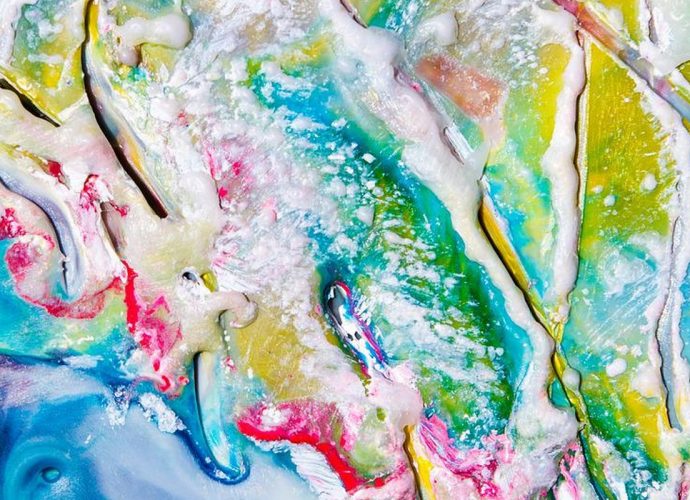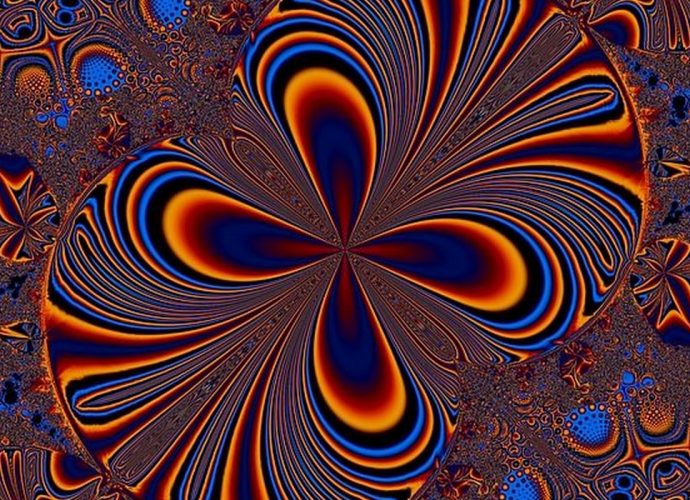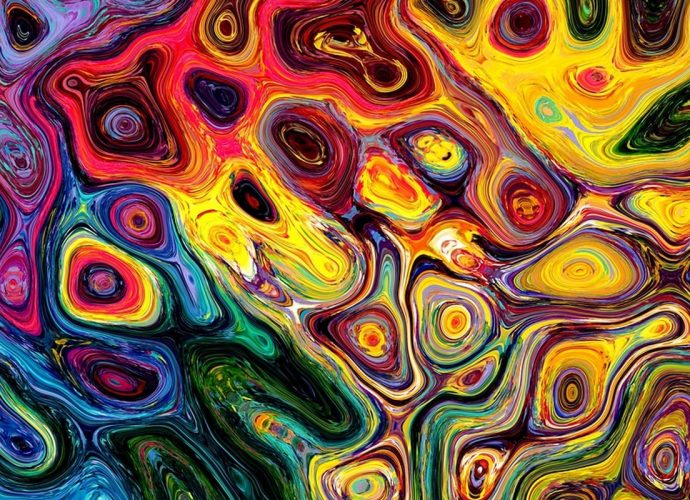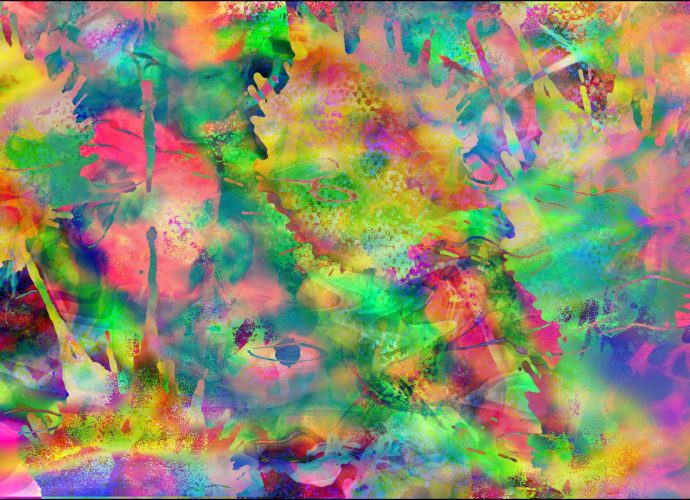Is Isoprene Soluble In Water?
Isoprene (2-methyl-1,3-butadiene) is a branched-chain unsaturated hydrocarbon, unsaturated meaning it contains one or more double bonds between carbon atoms. Isoprene has in fact two carbon-carbon double bonds. Isoprenoids contain from two to many thousands of isoprene units. Which structure is that of isoprene? Isoprene is a hemiterpene with the formulaRead More →









